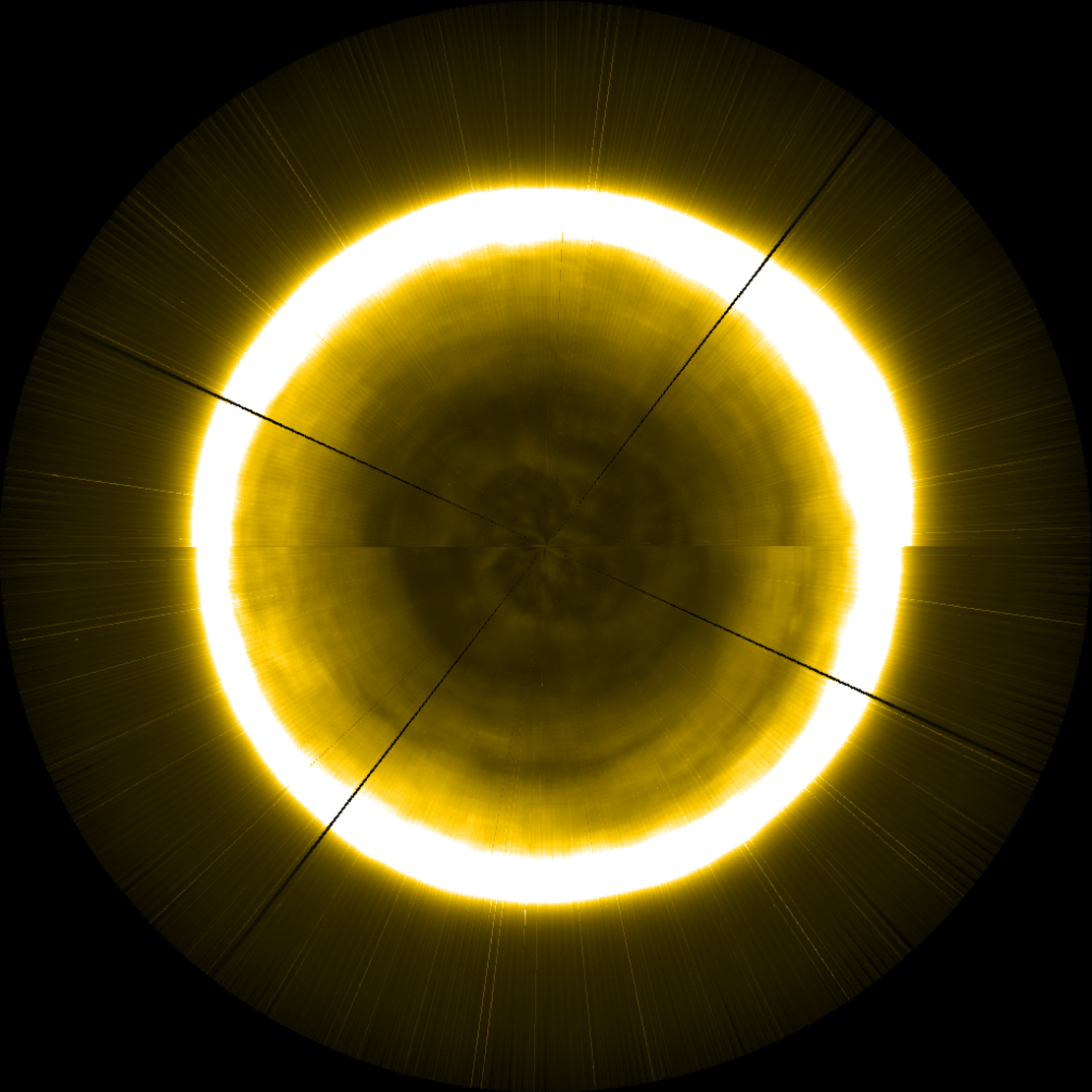Spotting the Sun is easy on a cloud-free day, but scientists hoping to learn more about our nearest star have a difficult task when it comes to studying its poles. We get great views of all sides of the Sun as Earth orbits it, but seeing its top and bottom is surprisingly hard.
The European Space Agency has been working on solving this problem by carefully piecing together a number of different images of the Sun’s north pole that were gathered by satellites. Now, for the first time, we have a pretty decent look at our star’s north pole, and it’s pretty neat.

The image is a collection of many fragments, but I’ll leave it to the ESA to explain how the images were captured:
While the poles cannot be seen directly, when spacecraft observe the solar atmosphere they gather data on everything along their line of sight, also viewing the atmosphere extending around the disc of the Sun (the apparent glow around the main disc of the Sun, which also extends over the poles). Scientists can use this to infer the appearance of the polar regions. In order to estimate the properties of the solar atmosphere over the poles, they continuously image the main disc of the Sun and take small slivers of data from the outer and upper regions of the star as it rotates, compensating for the fact that the Sun does not rotate at constant speeds at all latitudes.
Yeah, it’s a mouthful, but the end result is what the ESA suggests is a reasonably accurate glimpse at the Sun’s north pole. Obviously, this image doesn’t fully capture how bright the star would appear if you were actually viewing it from above. Put simply, you wouldn’t notice any of the structure you see in this patchwork snapshot with the naked eye.
Researchers hope that by further studying the workings of our star, we’ll gain more knowledge about events that produce space weather that ultimately affects Earth.








